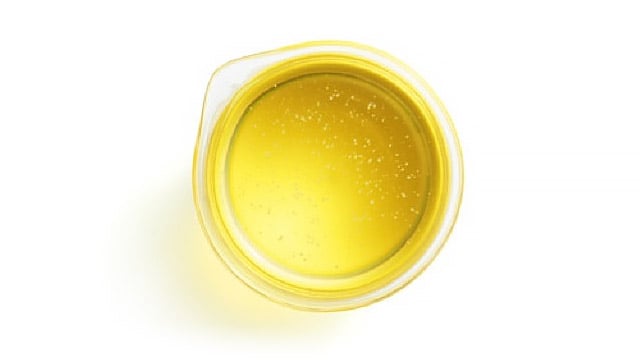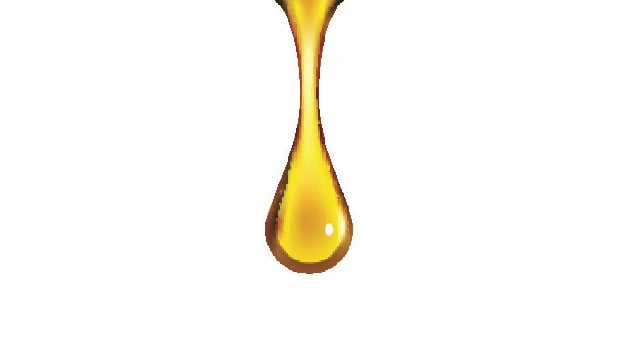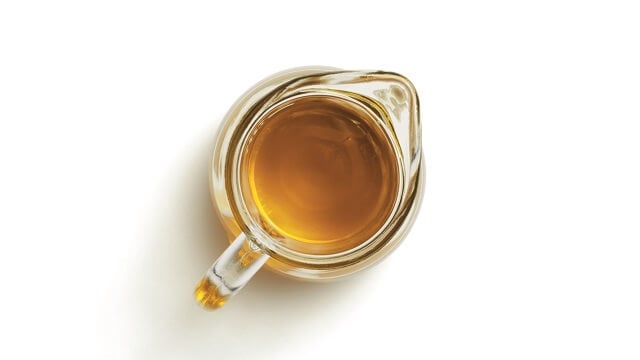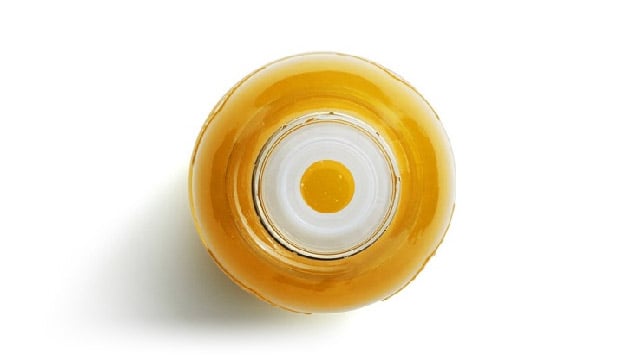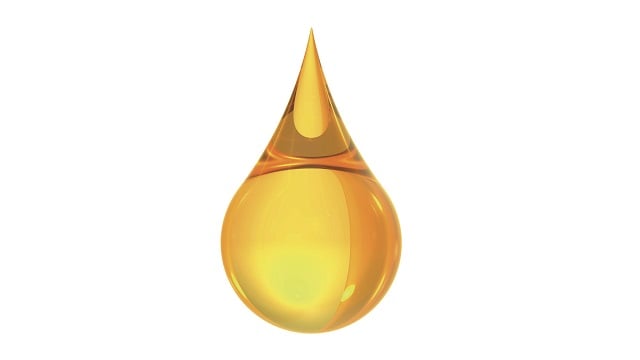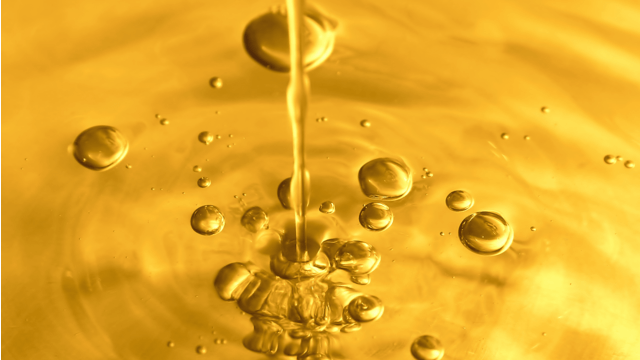Bleaching systems
Removing pigments and other impurities from crude fats and oils ensures the appearance, quality and stability of your refined oil products. Put custom wet, dry or two-stage bleaching systems to work in your edible oil refining plant. Reliability is a hallmark of our bleaching process systems due to continuous research and development. Achieve high productivity and low total cost of ownership from advanced technology and custom solutions backed by global service.
Improve the quality, stability and appearance of your edible oils with our bleaching process systems
- Broad range of robust, reliable bleaching systems for your edible oil processes
- High oil quality from complete bleaching systems with core components from Alfa Laval
- Maximized oil yield and minimized utility consumption
- Easy to operate and maintain with automated dosing and control
The challenges involved in removing toxic pollutants have shown us the clear benefits of talking to experts who are really on our wavelength.” - Niels Jørgen Eriksen, Production Manager of Fiskernes Fiskeindustri.
They not only supplied us with highly efficient equipment, but also made suggestions about how we could get the most out of it.” - Andrey Nepochatov, Head of the Prikolotnoye Oil Extraction Plant.
Applications
- Seed oil processing
- Fruit oil or palm oil processing
- Used cooking oil and other technical-grade oils for hydrogenated vegetable oil (HVO) pretreatment
- Animal oils and fats
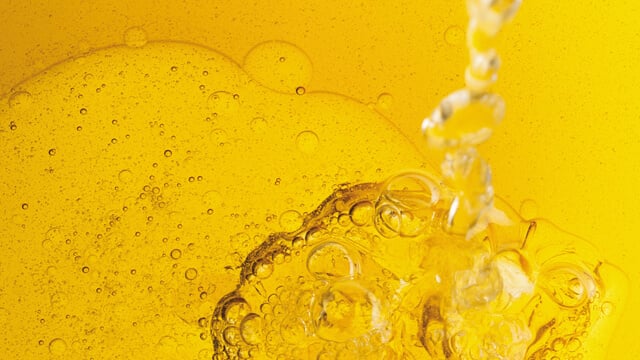
How it works
How bleaching in oil refining works
Modern oil bleaching processes remove a wide range of impurities, including various pigments. Removing these requires advanced processes that use combinations of different bleaching agents to bind specific impurities, which are subsequently filtered out with the bleaching agents. Efficient bleaching makes it possible to remove pigments such as:
- carotenoids and chlorophyll
- oxidation products through decomposition and partial removal
- contaminants such as soaps and trace metals
- traces of phosphatides
- polycyclic aromatic hydrocarbons
- other pollutants
To ensure the product is commercially viable, it is necessary to remove these substances because they may adversely affect the quality and stability of the final product and impact the performance of subsequent processes such as phosphatides for double distilled water (DDW).
The oil bleaching process
Typically bleaching is a process which contains oil mixing with bleaching agent followed by separation using filters. Upon saturation, the filters shift to regeneration while fresh filters take on the filtration duty. Saturated filters contain clay (a bleaching agent) which still has some bleaching power. The technique of passing feed oil through a saturated filter before mixing it with fresh clay is called prefiltration. By applying this technique, it is possible to reduce clay consumption. However, prefiltration only works with dry oils; it is therefore not always possible to use this option.
Two-stage bleaching of edible fats and oils
Using a two-stage bleaching technique, such as mixing oil with different agents under different conditions (like temperature and moisture), often optimizes the bleaching process, enabling the deepest extraction of components such as chlorophyll. Two-stage bleaching typically has two filtration steps, which ensure the best outcome for delicate oils with lowest colour and/or highest purity (like coconut or grapeseed). To optimize investment costs, two-stage bleaching can be used with single-step filtration, which can deliver significant bleaching clay savings for setups such as for palm or rapeseed oil processing.
The bleaching agents generally used include:
- natural bleaching earths, particularly useful in treating animal fats although they have a limited colour-reducing effect
- acid-activated bleaching earths, widely used to remove all types of impurities
- activated carbon for removal of polyaromatic hydrocarbons as well as a wide range of specific pollutants
- synthetic amorphous silica, used mainly in wet bleaching with a focus on selectively removing phosphatides, trace metals and soaps
Customer's voice
Fiskernes Fiskeindustri A.m.b.a.
After carrying out a series of preliminary investigations, tests, etc., under the supervision of Production Manager Niels Jørgen Eriksen, Fiskernes Fiskeindustri A.m.b.a. in Skagen (Denmark) awarded Alfa Laval the contract to deliver and install the process equipment needed to ensure that there are no traces of toxic pollutants in the company’s fish oil products.
The Alfa Laval project has met our needs, and we are definitely satisfied with the results to date. The challenges involved in removing toxic pollutants have shown us the clear benefits of talking to experts who are really on our wavelength.”
- Niels Jørgen Eriksen, Production Manager of Fiskernes Fiskeindustri
Prikolotnoye Oil Extraction plant
At the Prikolotnoye Oil Extraction plant in the Kharkov region of Ukraine, Alfa Laval supplied a full package of modern refinery equipment. A dry bleaching plant featuring a multi-dosing system was part of the order. The flexibility of the design, along with Alfa Laval technical experience, meant that the company was also able to build its own best ideas into the system.
Alfa Laval really listened to what we wanted. They not only supplied us with highly efficient equipment, but also made suggestions about how we could get the most out of it. And they made sure that our ideas about special mixing and dosing were also incorporated. The system now all works perfectly.”
- Andrey Nepochatov, Head of the Prikolotnoye Oil Extraction Plant
Demand more from your bleaching process system to boost edible oil quality and yield
Rely on Alfa Laval's bleaching process systems for optimal refining of palm, soybean, rapeseed, sunflower, coconut, palm kernel, and other edible oils. Engineering the optimal bleaching solution from a broad range of proven components and equipment is easy with the right expertise. From feed and dosing systems to bleaching reactor and filtration, Alfa Laval's bleaching process systems give you the flexibility and customization you need to succeed. Continuous research and development ensure that you can put the most advanced bleaching systems available to work for you—from straightforward manually operated ones with local control loops to fully automated plants.
Download our flexible bleaching solutions brochure or contact us for more information about Alfa Laval bleaching systems.
Contact us
Key edible oil processing equipment used in our systems
Webinar for the Edible Oil industry
Our experts share know-how to optimize edible oil refining processes, remove impurities and volatile components for better product quality, safety and yield.


